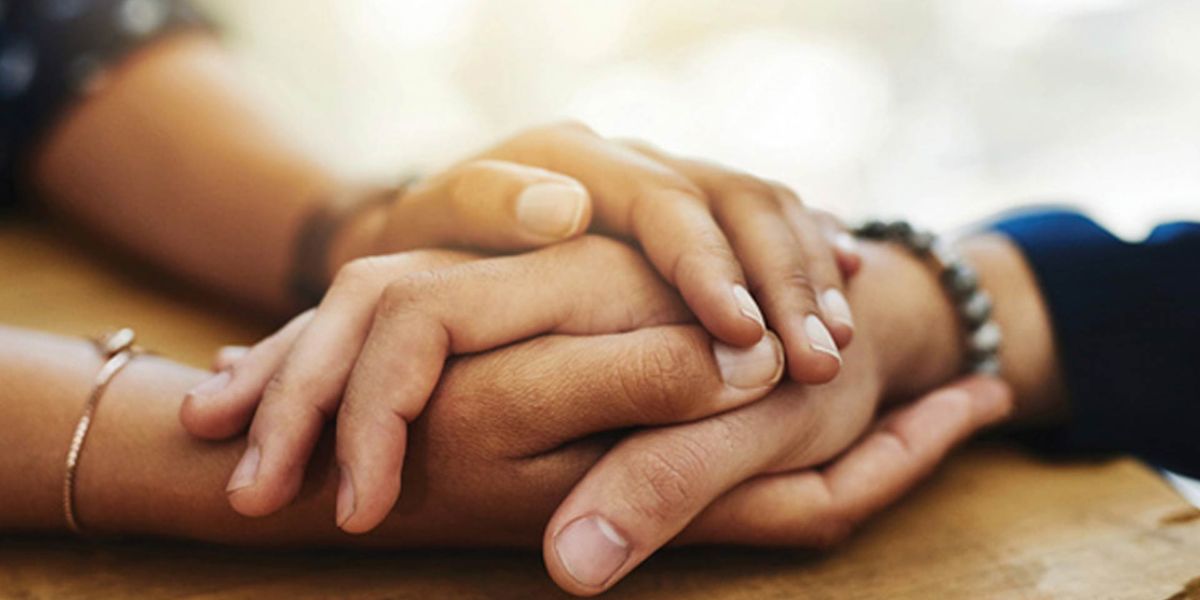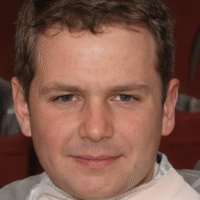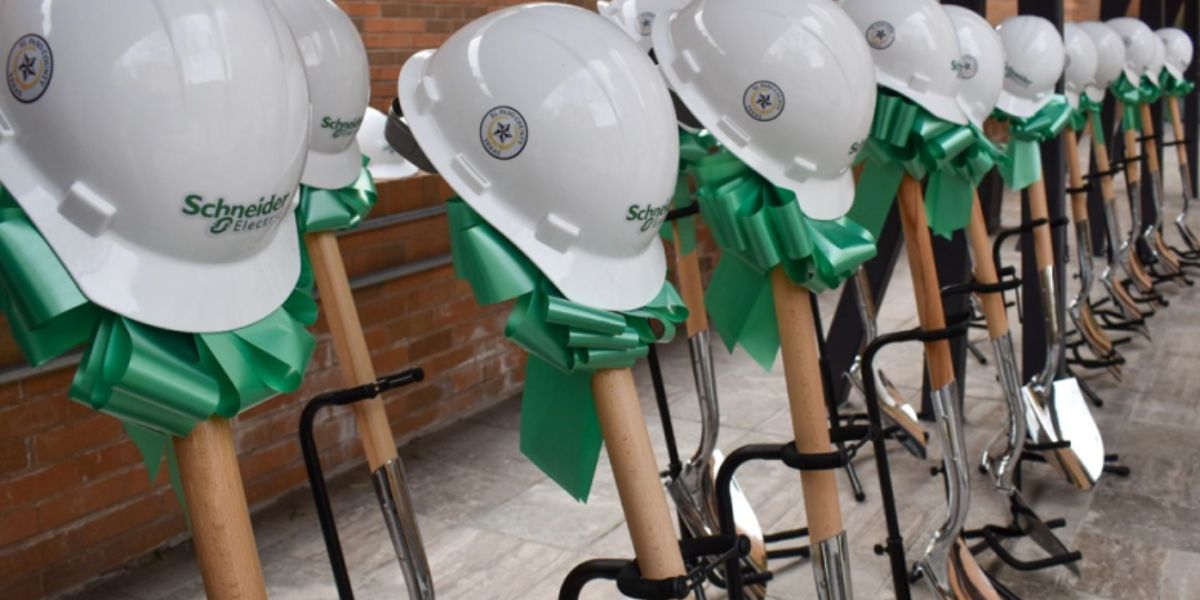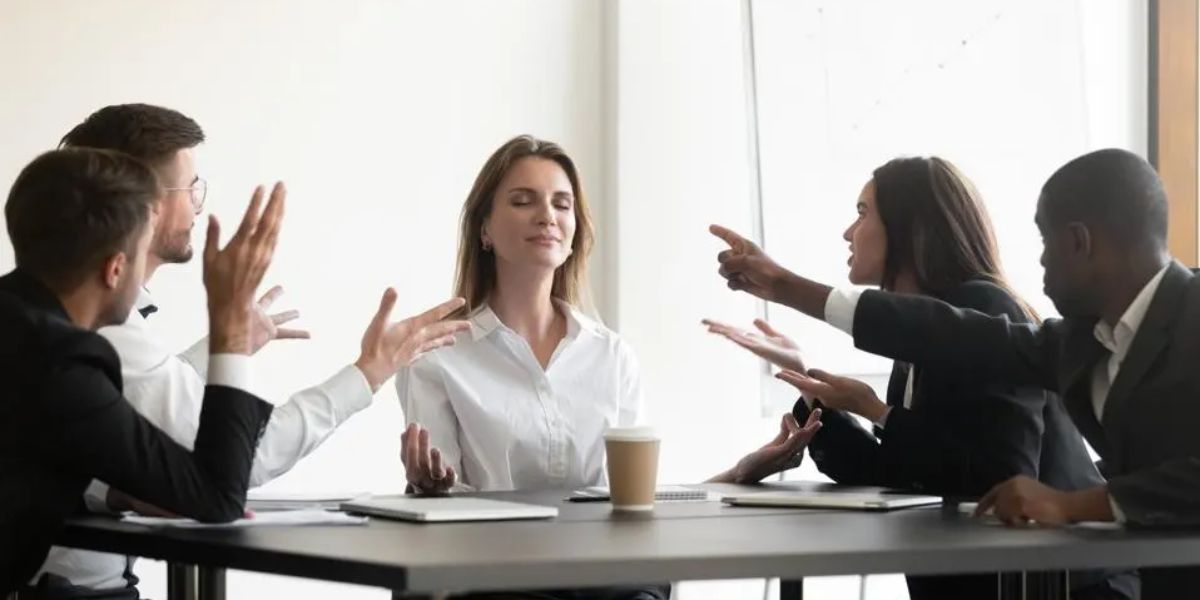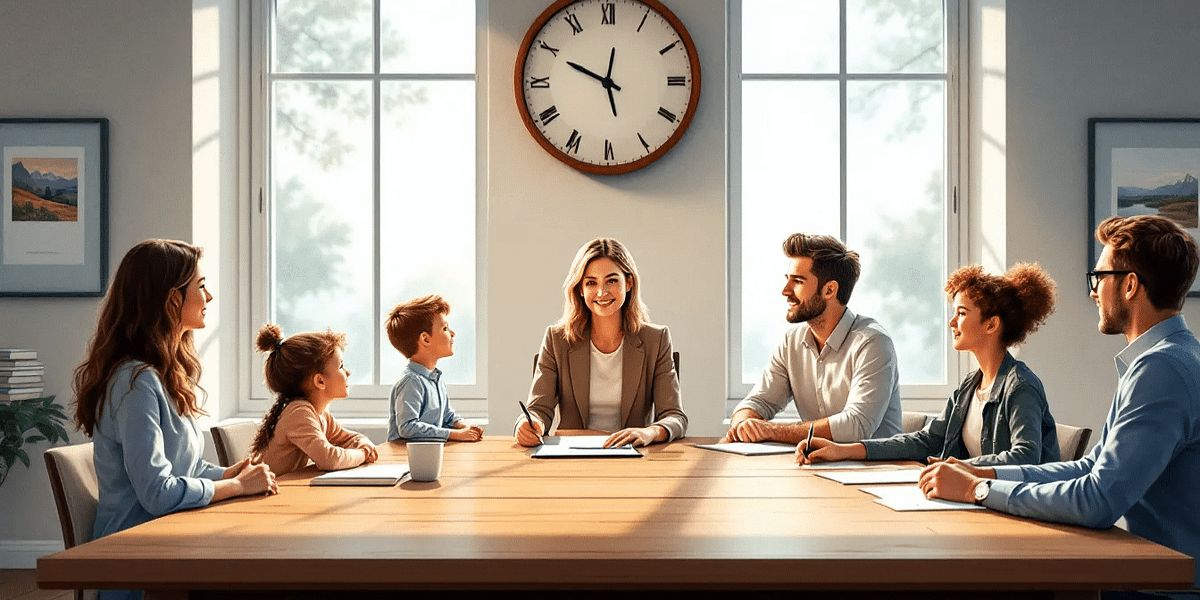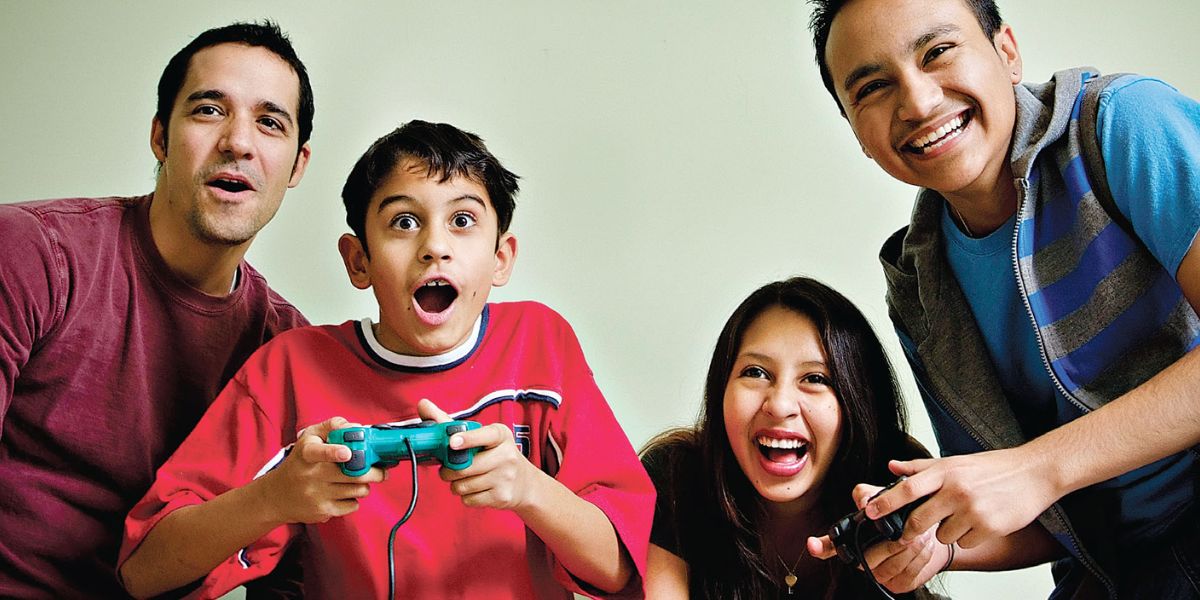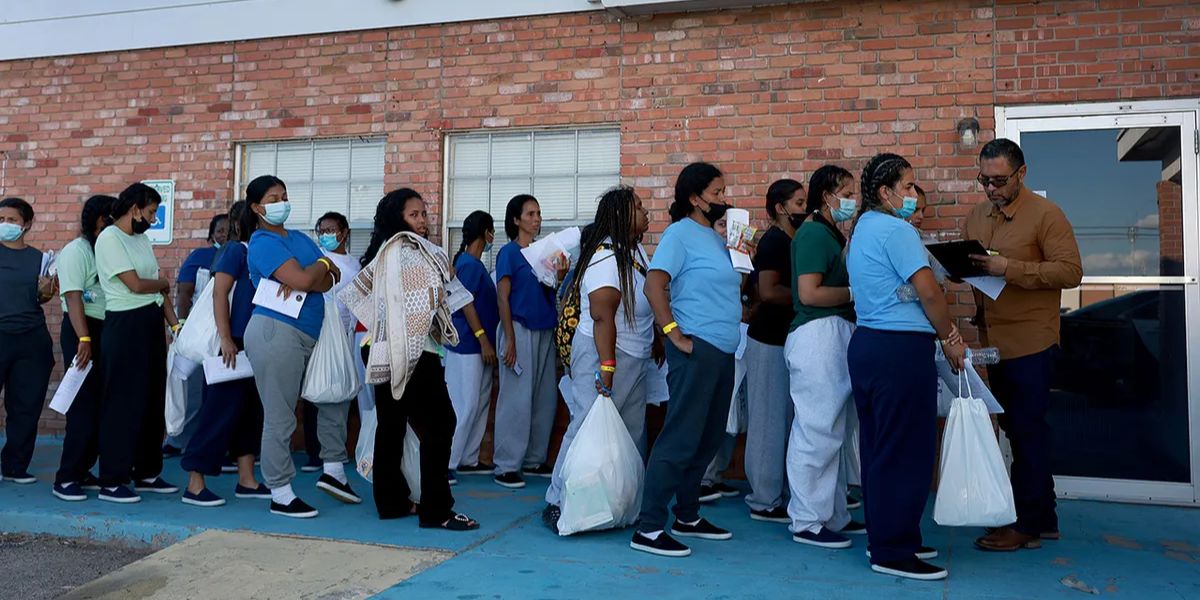El Paso, TX – When violence tears through a community, the aftermath can feel overwhelming — grief, fear, and anger ripple far beyond the immediate victims. Yet in cities like El Paso, recovery doesn’t stop at mourning. It transforms into collective resilience, as neighbors, faith groups, and local organizations come together to rebuild hope. This shared healing process shows that while violence can fracture communities, unity has the power to repair them.
The Emotional Aftermath of Violence
Every act of violence leaves more than physical scars — it leaves communities emotionally wounded. Residents may feel unsafe in their neighborhoods, children may fear returning to school, and families struggle with the sudden void left by loss.
Table of Contents
As Daniela Ramos, a violence prevention strategist and certified mediator in El Paso, explains:
“Violence shatters people’s sense of safety and belonging. But when we grieve together — when we turn pain into connection — that’s when real recovery begins.”
Emotional recovery doesn’t come from isolation but from shared acknowledgment. Candlelight vigils, art memorials, and community gatherings create safe spaces for people to process grief collectively, reminding them they are not alone in their pain.
The Power of Collective Healing
After the 2019 mass shooting in El Paso, hundreds of residents filled public parks and churches, not just to remember victims but to reaffirm unity. Across Texas, similar tragedies have sparked movements focused on healing and togetherness rather than division.
Community psychologists refer to this as “post-traumatic growth” — the process of finding new meaning and connection after tragedy. When communities face trauma collectively, they often emerge stronger, more compassionate, and more determined to prevent future violence.
Programs like Healing Together El Paso and Stronger Than Hate Texas provide counseling, peer support, and creative outlets such as art therapy and storytelling. These initiatives help residents transform grief into purpose by participating in acts of remembrance, service, and advocacy.
“Healing is an action, not just an emotion,” Ramos says. “When communities create something positive out of tragedy, they reclaim control over their narrative.”
Faith and Culture as Anchors of Recovery
Faith and cultural traditions play a vital role in collective healing. Churches, temples, and mosques across El Paso have become pillars of support — offering counseling, meals, and memorial events for families affected by violence.
Cultural practices such as Día de los Muertos altars, community music gatherings, and neighborhood meals help residents honor loved ones while preserving connection. These traditions provide both comfort and continuity — reminding families that love and culture endure beyond tragedy.
Local faith leaders have also joined violence prevention coalitions, combining spiritual guidance with practical community outreach. Their presence helps reduce fear and fosters compassion across diverse communities.
“Our city’s strength lies in its faith and unity,” Ramos notes. “We don’t heal by forgetting — we heal by remembering together.”
Youth and Schools: Building Resilience Early
Young people are often the most affected by community violence — and also the most powerful agents of change. In El Paso schools, peer mentorship programs and restorative circles teach students how to process trauma, manage emotions, and resolve conflict peacefully.
Teachers and counselors now collaborate with nonprofits like Project Vida to provide trauma-informed support and social-emotional learning (SEL) activities. These programs empower youth to turn fear into empathy, creating safer and more compassionate learning environments.
Students who once struggled with anxiety after neighborhood violence now lead classroom discussions on empathy, unity, and peace. Their participation shows that healing and prevention go hand in hand.
Art and Storytelling as Community Therapy
Art has become one of El Paso’s most powerful healing tools. Public murals, musical performances, and storytelling events allow communities to express shared grief and celebrate resilience.
The Border Art Healing Project, for instance, invites residents to paint murals depicting hope and remembrance in public spaces affected by violence. Each brushstroke becomes a symbol of renewal — a reminder that unity and beauty can emerge from pain.
“Art helps people process what they can’t always say,” Ramos explains. “It gives trauma a shape — and then transforms it into something meaningful.”
Collaboration Between Agencies and Neighbors
Recovery from violence requires coordination between city leaders, law enforcement, health systems, and everyday residents. In El Paso, this collaboration has become the cornerstone of long-term recovery.
The El Paso Collaborative for Community Safety unites local hospitals, nonprofits, and law enforcement to provide survivors with medical, financial, and emotional support. Neighborhood associations also host healing walks and resource fairs, helping residents rebuild trust in one another and in public institutions.
This partnership model ensures that recovery efforts extend beyond immediate response — creating sustainable systems of care that continue long after media attention fades.
Turning Tragedy Into Transformation
Over time, communities that face violence often emerge not just recovered, but transformed. Shared experiences of pain become the foundation for stronger civic engagement, deeper empathy, and renewed commitment to peacebuilding.
In El Paso, annual remembrance events now double as violence prevention summits, where survivors, advocates, and policymakers discuss solutions to reduce future harm. This forward-focused approach honors the past while investing in safer futures.
“Unity after tragedy is more than solidarity — it’s strategy,” Ramos says. “It’s how we make sure pain leads to progress.”
The Resilient Heart of El Paso
The story of El Paso’s recovery — from moments of heartbreak to enduring unity — stands as a testament to the power of community resilience. Through compassion, collaboration, and culture, families and neighbors continue to remind the world that tragedy does not define them — their togetherness does.
When violence seeks to divide, El Paso chooses to connect. And in that connection lies the strength to heal, rebuild, and protect future generations.
What do you think?
How has your community come together after tragedy? Share your stories or ideas in the comments below and explore more resilience and recovery insights at reachviolenceprevention.org.

